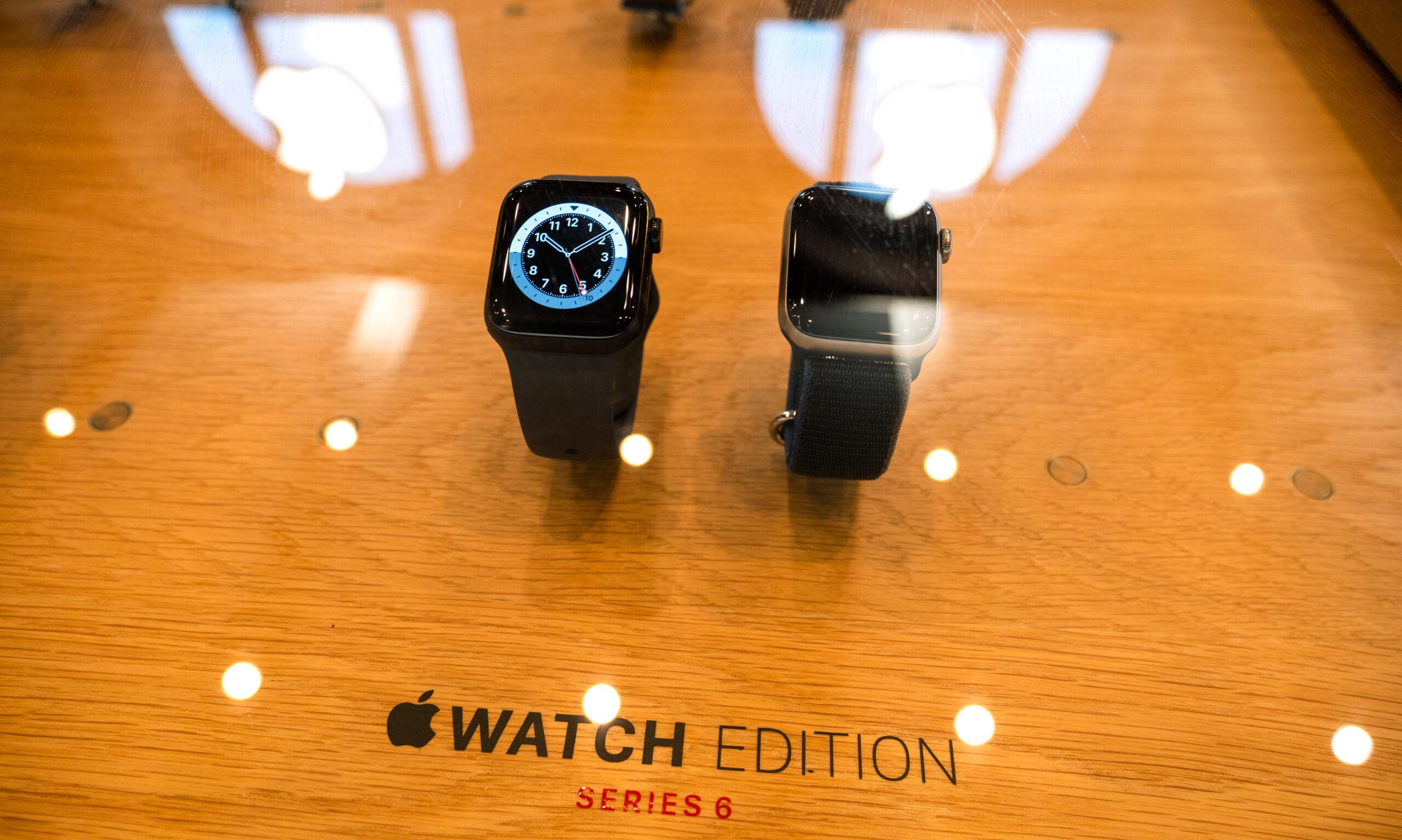The Best of the Bunch: Automated Banana Separator | Caldwell Intellectual Property Law
Bananas, which are essentially a non-seasonal crop¹, are commonly found in grocery stores all around the world and at all times of the year. Bananas travel well, ripen off the plant, and stay ripe for days. However, the banana industry has a major challenge: bananas are grown in bunches but are eaten one at a time. Retail banana distributors recognize that many customers will purchase a single banana to stave off hunger while on the go; but those same customers will not purchase a whole bunch to eat only one banana. The solution, of course, is to separate the bananas from the bunch. But how can this be accomplished efficiently at the scales required by the global banana industry, which cultivated 117 million tons of bananas in 2017² according to the Food and Agriculture Organization of the United Nations?
Inventors working at Chiquita Brands International, best known for Chiquita Banana, have invented a way to separate individual bananas from the bunch using an automated process with high yields. The process, described in US Pat. No. 7,487,719, “Methods for Separating Banana Clusters into Separate Bananas” employs a cable which is threaded into a fork of the convergence of stalks at the crown of a cluster of bananas, like a clothespin on a clothesline. What are commonly called banana bunches by grocery store shoppers are technically referred to as clusters. The banana bunch is much larger, comprising many clusters, and commonly weighing between 66 and 110lbs. The cluster, once hanging, is easily transported by moving the cable. The cable, for example, can be moved by way of one or more pulleys operatively coupled to a drive motor. The bananas are transported by the cable to a cutter. The cutter employs a sharp edge to cut each individual banana stalk just below the cable and above the fleshy pulp of the banana. In some cases, the cutter resembles a cylindrical tube with a sharp cutting edge at one or more rotational locations along an end of the cylindrical tube. The cylindrical cutter is placed around the cable and parallel to the cable, so that the cable is located near an inner cylindrical wall at the bottom of the cylinder. As the cutter rotates and the cluster is transported by the cable to the cutting edge, the cutter cuts the stalk just below the cable. The cutter itself is also motor driven.
The inventors found that orienting the cable horizontally (i.e., perpendicular to the direction of gravity) results in lower than desirable yields, because bananas are curved. When a cluster of bananas is freely hung by a cable, they hang in a straight line down from the point of contact between the cable and the fruit to the center of gravity of the cluster. As a result, some bananas in the cluster are higher than others in relation to the horizontal cable. The difference in height between bananas in a cluster result in some bananas being cut in the correct location above the pulp and others being cut in the pulp, damaging the fruit.
The inventors determined that the bananas nearest the convex side of the cluster, when freely hung, are always higher than the bananas nearer the concave side. Furthermore, they found that the angle of an ideal cut for marketable banana cultivars, is within a range of 25° – 40° from horizontal. By angling the cable and the cylindrical cutter away from horizontal an amount related to this angular range, the bananas all hang approximately at the same height as they pass by the cutter, causing all the bananas in the cluster to be cut at the stalk and above the pulp. Additionally, by heating the cutter to a temperature in a range between 110-190°C, the latex from the cut stalks is coagulated, sealing the fruit, and preserving the market quality for individual bananas. A drawing of the invention is included below.
The use of this automated banana separation machine and process dramatically increases the rates that bananas can be separated from clusters, especially when compared to manually cutting each banana from the cluster one a time. This invention allows the global banana industry to more efficiently sell to a customer that finds only separated bananas appealing.
1. Simmonds, N. W. (1987). Classification and breeding of bananas. Banana and plantain breeding strategies, 69-73.
2.






